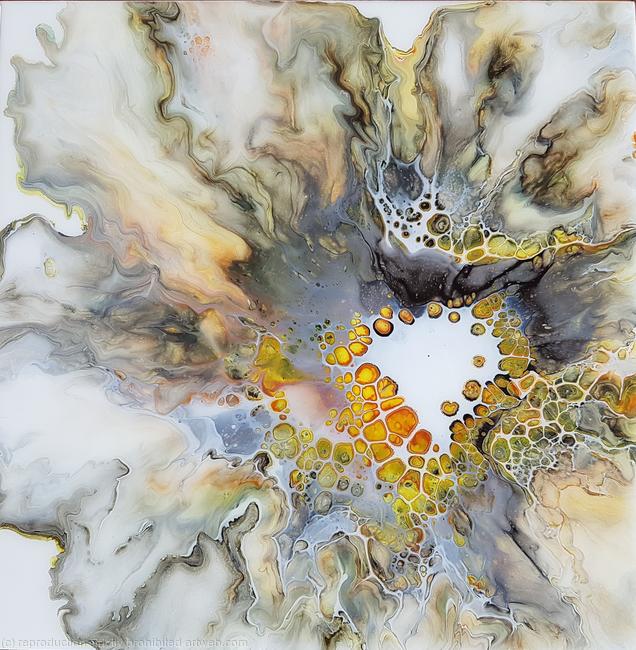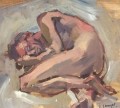While we have certainly written in the past about some notable abstract artists, we haven’t focused much on the basic point and essence of abstract painting, and what it should mean to you as a practitioner of this sometimes-misunderstood art.
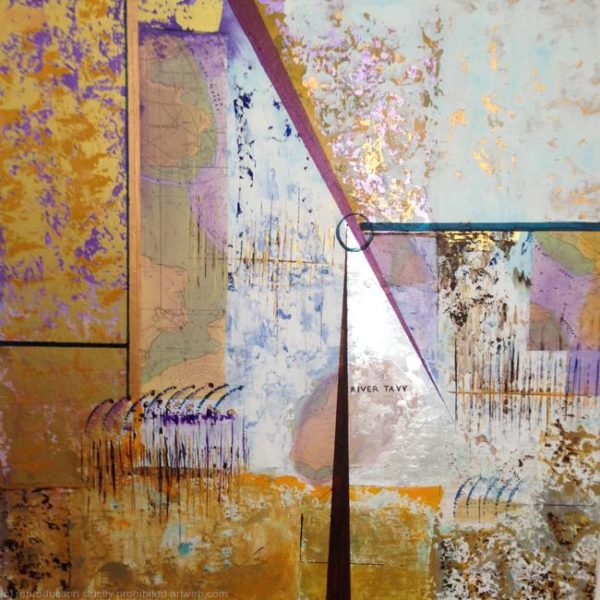
If, like me, you believe in painting as a brilliant mode of expressing your personal being, emotions and character, you might be interested in abstract painting as a practice that is seemingly freer than figurative painting, and therefore — at least in theory — a truer and purer form of creativity.
But is abstract painting really that deep, or is it seemingly a meaningless ‘anything goes’ universe populated by artists who ‘can’t paint’? We’ll leave you to arrive at a conclusion on that one — but here are six of my own thoughts on the subject.
1. We don’t need the outside world to express ourselves
Many artists, both beginner and experienced, lament that visual art seemingly depends on the representation of something tangible, out there in the real world. We can sing about our pure feelings, but we can’t paint them; we have to paint at least something that exists beyond mere emotions.
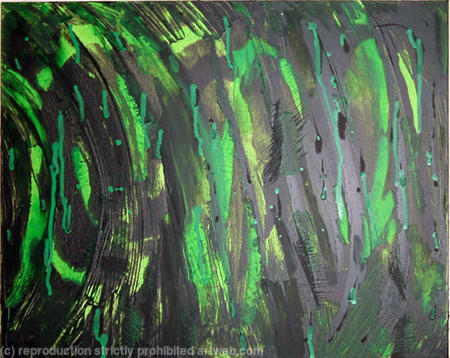
But in truth, abstract painting does bring us close to this unfettered form of creativity and emotional expression that we may widely consider music to be.
The wonder of abstract painting is the realisation that we don’t necessarily need to be bound by the traditional ‘rules’ and ‘techniques’ of painting, or the apparent need for what we paint to ‘represent’ a tangible real-world object at all. In short, in theory at least, it is about revelling in paint itself.
2. It’s not just canvas on which you can paint
You don’t necessarily need to stretch or buy a canvas to get started with abstract painting. Indeed, medium-density fibreboard (MDF) panels and acrylic paint go very well together. All that you have to do to provide the right ground for your painting is sand the panel and treat it with gesso.
3. Black lines aren’t only good for outlines
Let’s imagine that you’re making liberal use of vibrant shades of blue, red and yellow in your abstract painting, perhaps with dashes of white to provide some well-placed highlights. What role could black have in your painting? Surely, if you mix it with the other colours, you’ll end up with something horribly muddy-looking?
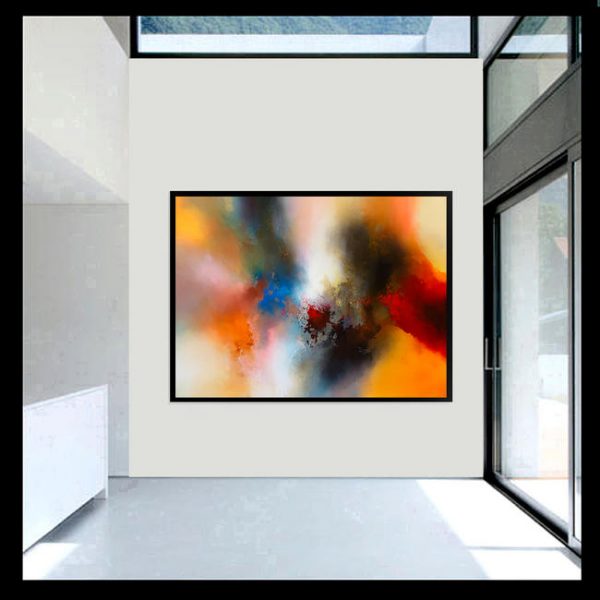
That may be so, but another strategy could be to incorporate black lines in your painting. No, we aren’t necessarily referring to using them as outlines for colour planes, but instead to add a further sense of dynamism, spontaneity and unpredictability to your painting.
4. Abstract painting isn’t a ‘get out of jail’ card for unskilled painters
The reputation of abstract painting in some quarters as an ‘anything goes’ world really does it a grave disservice. Abstract painting is still, after all, a mode of expression like any other, and the most successful abstract artists are those who know how to most effectively exercise that expression.
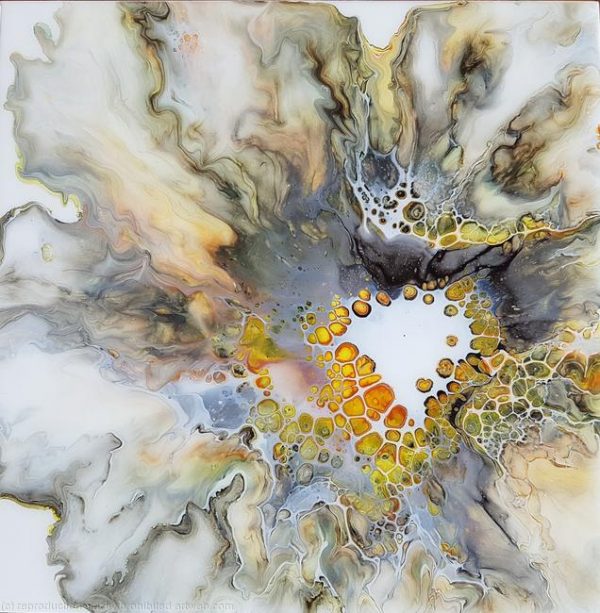
Don’t use the supposed ‘freewheeling’ practice of abstract painting to serve as your excuse to neglect such vital areas as perspective, plasticity, colour theory, composition, shade and three-dimensionality. In fact, abstract painting is at its best when it brilliantly combines artistic and expressive skills with more technical ones.
5. If you’re intimidated by painting, start with scribble drawings
Those who are more accustomed to painting more obviously figurative or ‘representational’ scenes of reality — or who rarely apply paint to a surface at all — can understandably feel overwhelmed by embarking on an abstract painting.
If that describes you, a good way to free yourself from those old constraints of ‘reality’ is to start with some simple scribbles on paper. Notice just how complicated and fascinating your artistic creations can be when you are simply spontaneous, unselfconscious, and refuse to stop moving the pen or pencil, including the shapes, divisions and other marks that you make.
It’s all about creating your way to a new way of thinking, rather than trying to think your way to a new way of creating.
6. There’s nothing ‘easy’ about abstract painting
You might think that abstract painting is a ‘soft’ and not exactly demanding form of painting, but that is a perception that really should be dispelled.
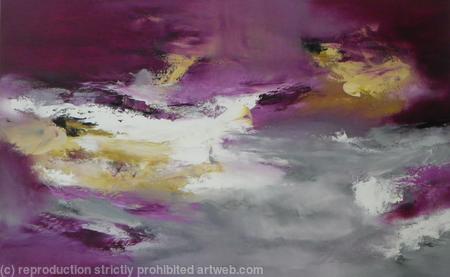
The creation of an abstract painting actually requires a lot from you. After all, you don’t have the support of details from reality to help you through every single brush stroke or compositional decision. It really does demand the utmost expressiveness and personal initiative.
You have to hunt out all of the elements that will make up your abstract painting for yourself,including from your imagination, knowledge and experience. Abstract painting doesn’t merely allow you to decide everything for yourself — it requires you to do so.
As an abstract painter myself, I appreciate everything that this very distinctive form of creativity represents, no matter what the detractors may say. What are your own thoughts on the discipline of abstract painting, and what have been your own discoveries from trying it for yourself?
This post was originally published in January 2018. Last updated on October 2, 2020.

